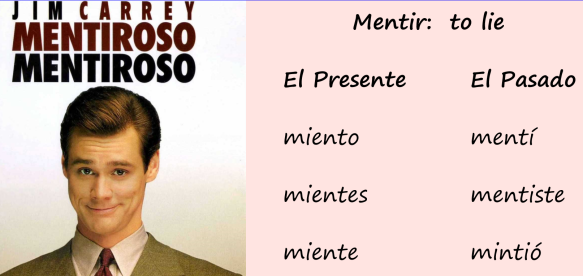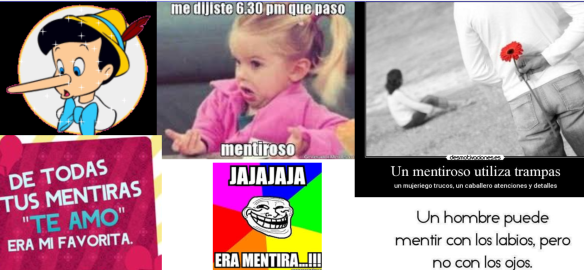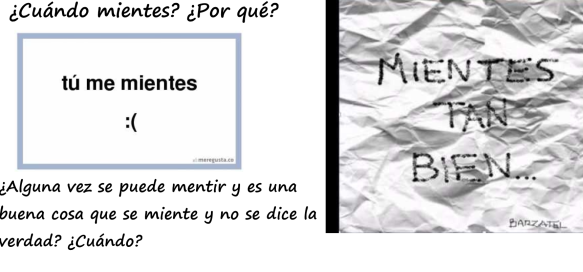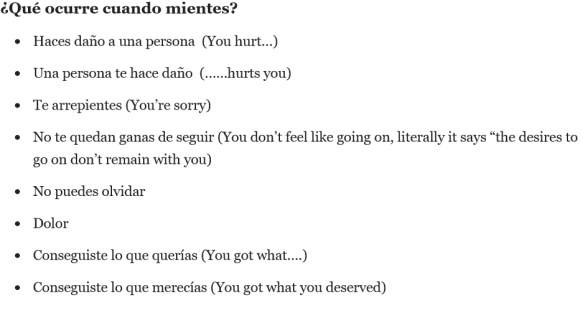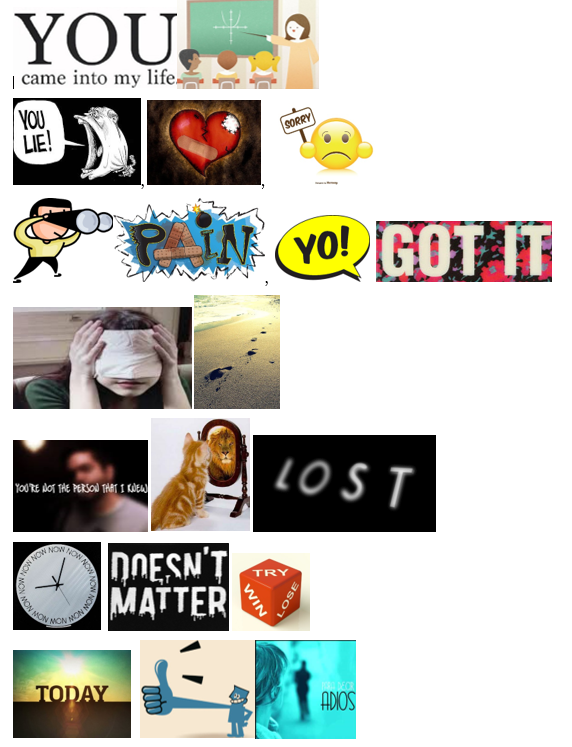 This post is called Frida on the fly…… It’s that time of year, and we are all super busy. However, I wanted to share three activities that I created and used with some success for chapters 2, 3 and 4. I apologize in advance if these are ideas from other people. I am a scavenger and avid reader of other blogs. Sometimes those ideas spark my ideas. I created the following activities, but they may be based on the idea of someone else!!
This post is called Frida on the fly…… It’s that time of year, and we are all super busy. However, I wanted to share three activities that I created and used with some success for chapters 2, 3 and 4. I apologize in advance if these are ideas from other people. I am a scavenger and avid reader of other blogs. Sometimes those ideas spark my ideas. I created the following activities, but they may be based on the idea of someone else!!
Chapter 2 Dos Familias
My kids last year ( my first year with the book) found chapter 2 with the two families a bit confusing. This year I created a family tree document to help them as we read. It’s not much, and certainly could be added to, but it’s a start. I had students fill it out with names, birth order/deaths as we were reading. We also drew additional details (like a Smash doodle) that made the chapter more comprehensible and memorable (the night of the death of María and the visit of Wilhelm/Guillermo to Matilde; daughters sent to convent; photography; best friend Cristina, etc.) Chap 2 Family tree of Wilehlm
Chapter 3 Monstruos
This is the chapter in which Frida gets polio. I looked at using some infographics for polio but decided to take a more “physical” approach to helping students to understand what polio is/was. (Sidenote: Carrie Toth has a SUPERB activity for the outbreak of polio on her blog!) I took basic information about polio and separated it into individual incomplete sentences. I printed them on cardstock and posted them in random places around my room. I had the students find a partner and gave them a paper that had the missing information from the individual sentences. Once they had all come up with a complete paper, we checked their responses together in class and I had them complete Part II of their paper. When done correctly, the answer spelled out Pata de Palo, which is the title of Chapter 4! We then immediately discussed what pata de palo is, where they have seen it (movies), and read the chapter! Chap 3 polio search 2017 spells pata de palo
Chapter 2, 3, 4
Somewhere, in the blog world, I read this idea and do NOT remember where. Please let me know if it was you and I will credit you! I took key words/events from chapters 2, 3 and 4, printed them on colorful card stock and gave one to each student. The student had to think about the word/phrase and the connection to those chapters in the novel. They shared the sentence with a partner, listened to their partner’s sentence and exchanged cards and moved to a new partner. I did allow them to refer to the book when necessary. It did not appear that the book was frequently used. In two classes, I used Inner/Outer Circles and in the third class I just let them move around freely. It was a great activity to “refresh” our story after Thanksgiving break. Once we had worked with partners, we shared some sentences as I randomly held up one of the cards. Chap 3 and 4 output information sentences

